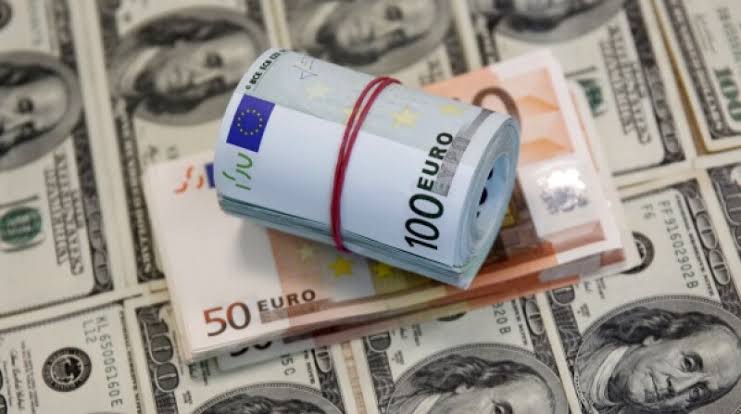Sep 30, 2022
VOT Research Desk
Key Insights and Analysis
The Dollar Index, which measures the dollar against a basket of six other currencies, dropped 0.3% to 111.903 at 04:05 ET (07:05 GMT), close to the previous session’s one-week low of 111.64.
The Pound and the euro stabilized near one-week highs in early European trading on Friday, helped by the Bank of England’s intervention and the expectation of aggressive European Central Bank tightening.
GBP/USD was 0.3% higher at 1.1157, having previously climbed above 1.12 in the Asian session. This brought the pair very close to erasing all of the sharp losses that occurred following the new government last week’s unfunded tax-cutting mini-budget.
Following the Bank of England’s announcement of emergency bond buying, which stabilized the gilt market and, by extension, the pound, this rebound occurred.
Events in the UK… marked the first time this stagflationary macro environment risked evolving into a financial crisis.
Fortunately, the Gilt market has temporarily stabilized as a result of the Bank of England’s aggressive intervention. However, as volatility returns to its peak in 2020, there will be no room for complacency this autumn.”
GBP has also benefited from data showing that the UK economy expanded by 0.2 percent in the second quarter, avoiding a summer recession and surprising improvement over the previous estimate of 0.1 percent.
Inflation in France decreased by 0.5 percent in September, indicating some moderation, which led to a slight rise in the EUR/USD pair to 0.9817.
Prior to the release of the Eurozone CPI number later in the session, strong German consumer inflation data on Thursday pointed to more aggressive interest rate hikes by the ECB. As a result, the pair had climbed as high as 0.9844 earlier in the session.
The difficult geopolitical situation—the region is experiencing an energy crisis as Russia’s war in Ukraine continues—continued to exert pressure on the euro.
With President Vladimir Putin set to announce the annexation of additional four regions of Ukraine later in the day, the EU energy ministers are scheduled to meet later on Friday to discuss their options for further punishing Russia.
Recently, demand for the U.S. dollar has risen to 20-year highs as Fed policymakers emphasize the need to keep inflation at historic highs under control.
However, when San Francisco Fed President Mary Daly reiterated earlier this week her concerns about excessive policy tightening and its potential effects on the U.S. economy on Thursday, there was a slight break in that resolve.
Since Japanese officials intervened last week to carry out their first yen buying intervention since 1998, USD/JPY fell slightly to 144.32, trading mostly sideways below the psychologically significant 145 lines.
After the official Chinese PMI data revealed that the country’s manufacturing sector unexpectedly increased in September, the risk-sensitive AUD/USD increased by 0.1 percent to 0.6503, while the USD/CNY decreased by 0.5 percent to 7.0900.









